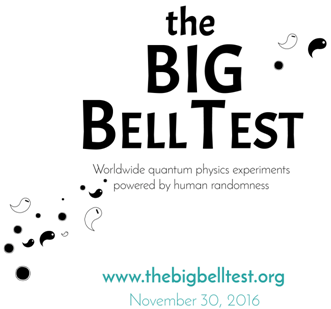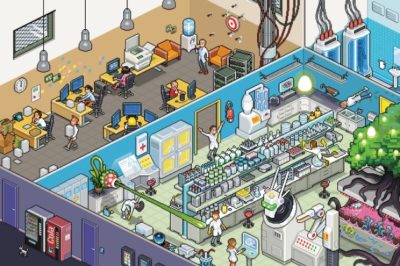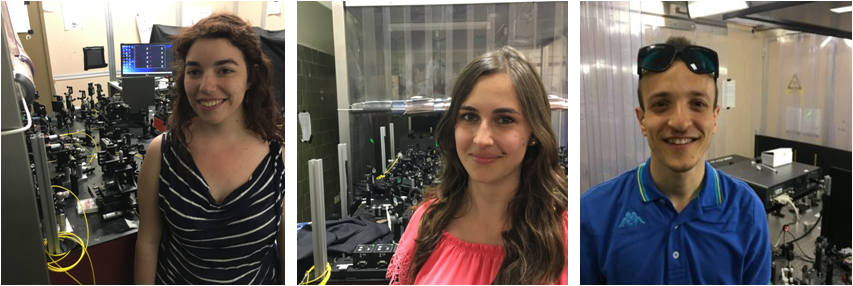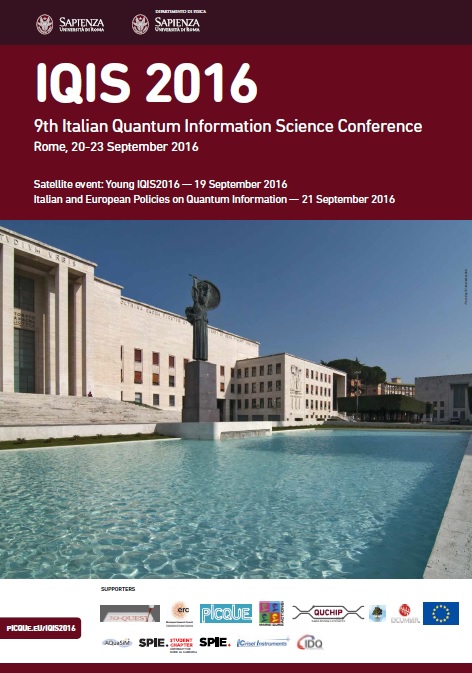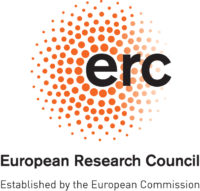Congratulations to Mario for his PhD thesis defense!
On 16 February 2017, Mario Arnolfo Ciampini has successfully defended his PhD thesis entitled “Exploiting path-polarization hyperentangled photons for multiqubit quantum information protocols” under the supervision of Paolo Mataloni.


